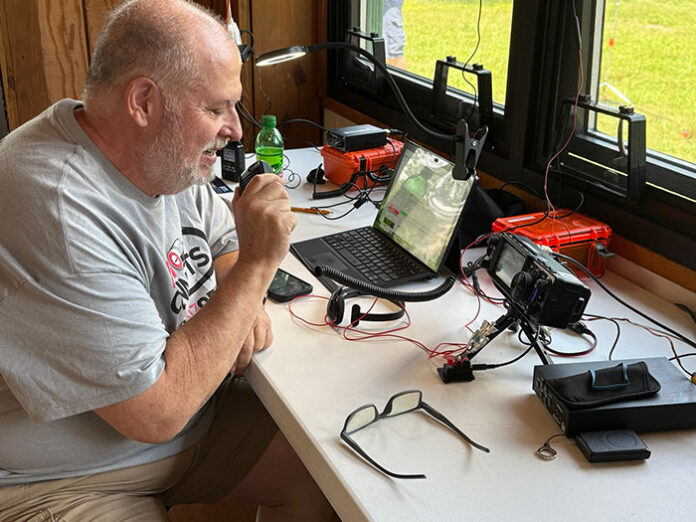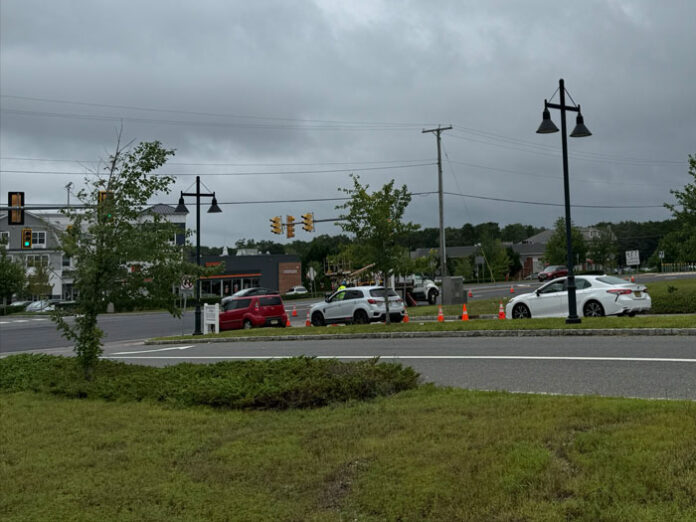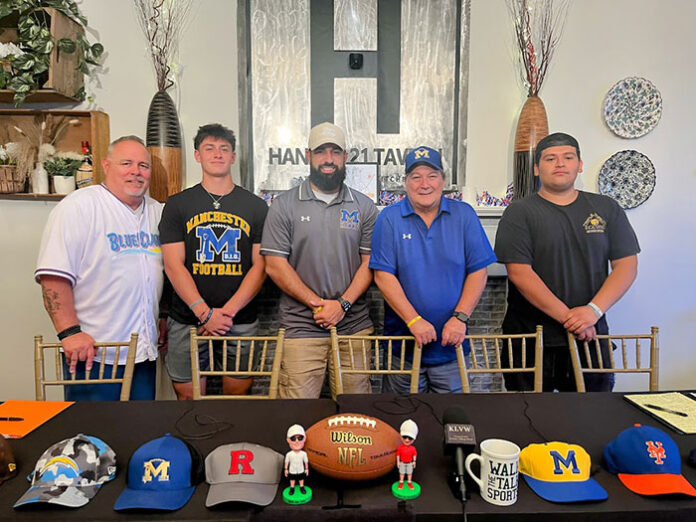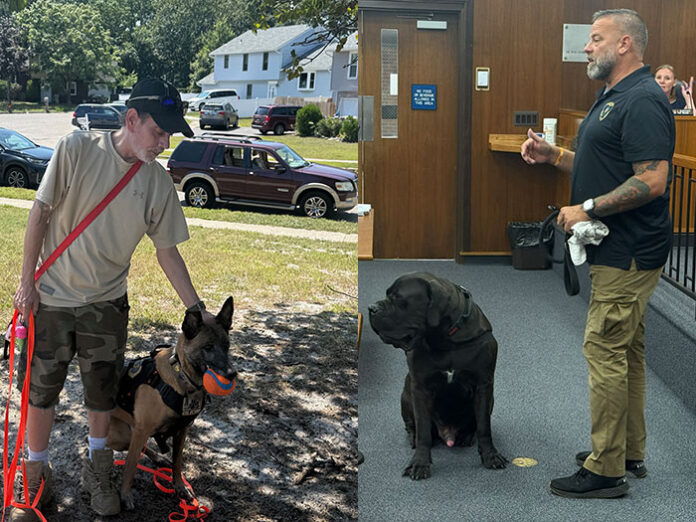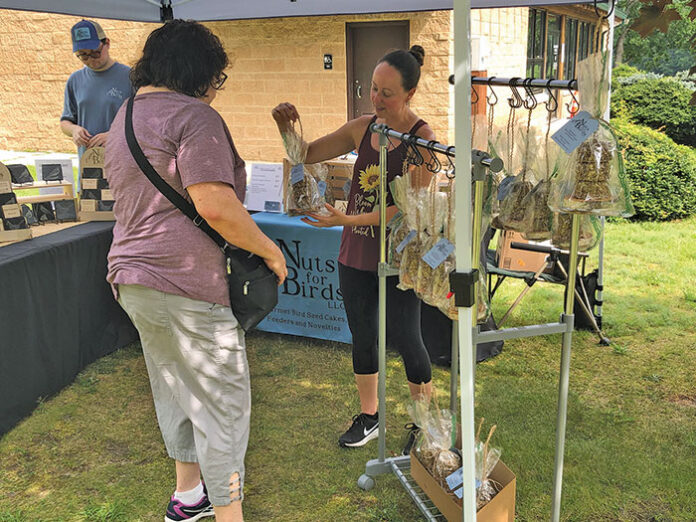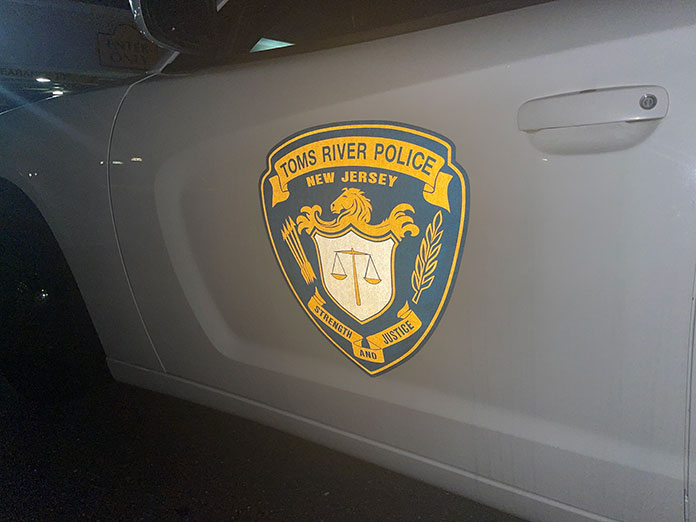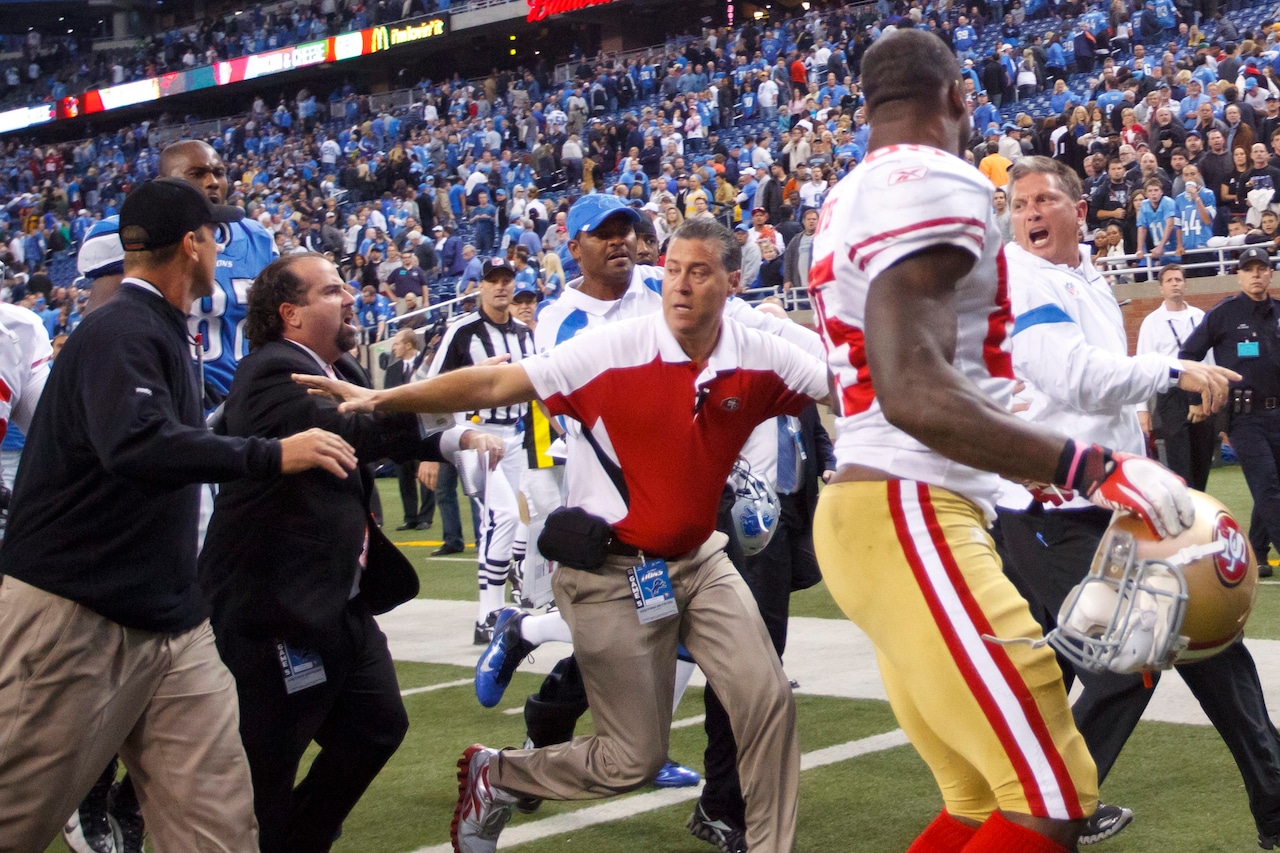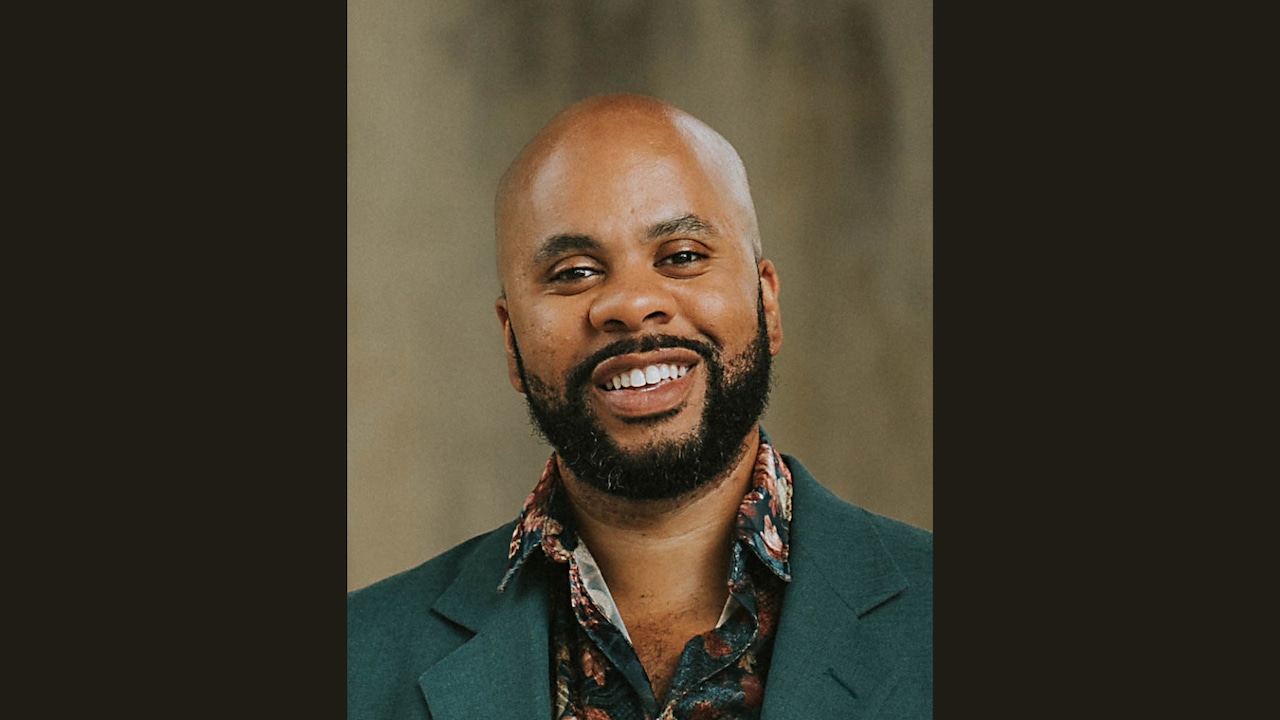HOWELL – Just minutes before the official start of a global radio communications exercise, Scott Thompson keyed up his transmitter and heard a familiar crackle. The voice on the other end came not from across town, but across continents – Brazil, to be exact.
It was the perfect warm-up for what lay ahead: a 24-hour whirlwind known as Field Day, where amateur radio enthusiasts like Thompson connect with others across the globe using only emergency power, antennas, and good old-fashioned technical know-how.
For the fifth consecutive year, the Ocean-Monmouth Amateur Radio Club (OMARC) set up camp at Echo Lake Park, transforming the tranquil setting into a buzzing communications hub for the Amateur Radio Relay League (ARRL) Field Day Operation. The event began at 2 p.m. Saturday and ran straight through to Sunday afternoon.
“We do this every year,” said Thompson. “So, if there’s an emergency like Sandy, we can provide assistance and communications.”
And they have. During Superstorm Sandy, when phone lines and cell towers failed, ham radio operators stepped in to bridge critical communication gaps.
Operating Off The Grid
OMARC’s Field Day station ran entirely on emergency power, utilizing batteries and solar energy. One section of the park near the gazebo was reserved for Morse code transmissions – a nod to amateur radio’s early roots.
Club member Joe Kruszewski pointed out that the team was operating under the classification “Four Alpha,” meaning they had four working stations set up for emergency conditions in a remote location. Three were positioned side-by-side inside the pavilion; the fourth was the Morse code station by the lake.
Kruszewski said that Thompson was operating as part of an unofficial station and making use of a satellite antenna set up inside near him. It turns out that timing is everything when it comes to satellite relays.
“You have to check when the satellite passes over,” Kruszewski explained. “It only stays in range for about 15 minutes in an arc. You use one frequency to send the signal up and then constantly change the receiving frequency as it comes back down – because of the Doppler effect.”
That’s the same phenomenon that makes a train whistle change pitch as it passes. In radio terms, it means constantly adjusting equipment during the brief transmission window – usually with two people coordinating the signal.
A Modern Twist
Field Day is ham radio’s annual open house. Since 1933, thousands of licensed operators across North America have taken part in the event, which combines elements of emergency preparedness, community outreach, technical skill, and public service.
This year’s Field Day was especially significant, with meteorologists predicting a highly active hurricane season. For many amateur radio operators – also known as “hams” – this weekend exercise is more than practice. It’s a mission.
“Hams have a long history of stepping in during disasters,” said Thompson. “We don’t need cell towers or the internet. We can be set up and on the air within minutes, anywhere.”
To drive that point home, Thompson spoke about Windlink, a newer technology that allows people to send emails via ham radio – especially useful during infrastructure failures.
“During hurricanes in places like North Carolina, people use Windlink to send emails to loved ones saying, ‘I’m okay,’” he said.
Field Day isn’t just about emergency preparedness – it’s also an opportunity to educate and engage the public. Throughout the weekend, passersby had the opportunity to stop by OMARC’s site to watch demonstrations and ask questions.
One of the critical takeaways is the fact that amateur radio operators must pass written tests covering electronics, regulations, and safety protocols to earn their licenses. And as the word “amateur” suggests, operators cannot be paid for their services – making the entire operation a labor of passion and public service.
“We’re all volunteers,” said Thompson, who retired after a career as a security engineer at a major pharmaceutical company. “But in an emergency, we’re some of the first to help.”
In fact, Thompson’s experience goes back 50 years. Before moving further south, he volunteered with emergency management services in Springfield Township in Union County, bringing along his radio expertise.
Reaching Beyond Borders
OMARC was one of 1,536 groups participating in Field Day this year. Other New Jersey clubs mapped out their locations as far north as Sussex County and as far south as Cape May.
All contacts made during the 24-hour period count toward a global ranking system, which adds a friendly competitive edge to the weekend.
“It’s kind of a contest,” Thompson admitted, “but the real goal is to learn to operate under abnormal conditions.”
Participants attempted to connect across multiple radio bands – from 160 meters all the way up to 50 MHz and higher. But each contact had to be made by live operators on both sides of the line, whether by voice, Morse code, or digital signal.
Field Day lasts for 24 hours with some so dedicated they manage to pull all-nighters. Others grab a couple of hours’ sleep in their cars.
OMARC currently has about 40 active members, most between the ages of 55 and 75. While the field remains male-dominated, club members said they were especially excited to welcome a recent college graduate – a young woman – to the team.
Ham radio – often affectionately known as “ham” thanks to folklore about early telegraphers – continues to attract hobbyists, engineers, and even celebrities. Comedian Tim Allen, guitarist Joe Walsh of the Eagles, former FEMA director Craig Fugate, and Nobel Prize winner Joe Taylor are among its licensed practitioners. Astronauts aboard the International Space Station and SpaceX Dragon also hold amateur radio crisis.
